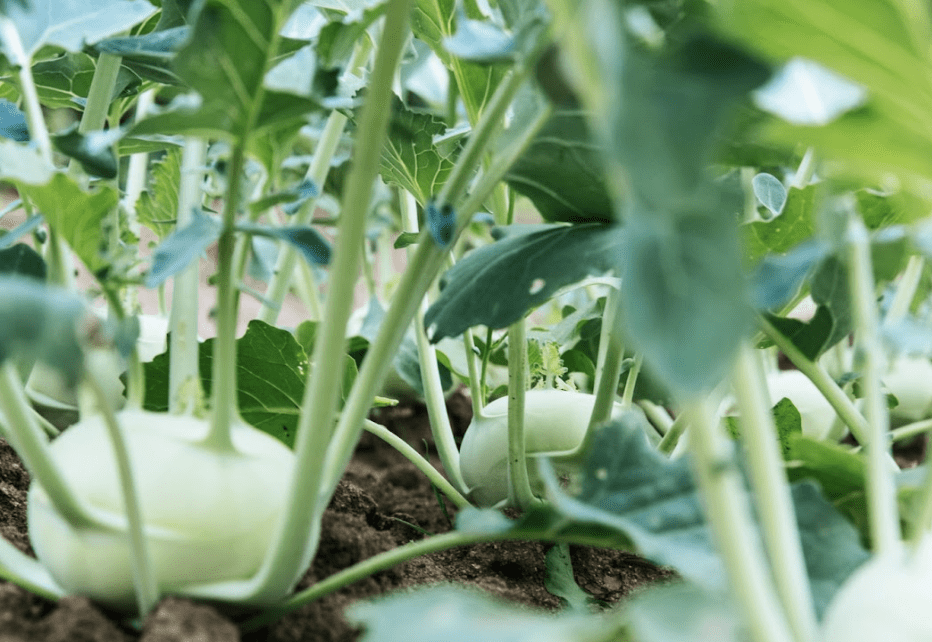
A Beginner’s Guide to Composting
Compost is the product of naturally decomposing organic matter. Spreading nutrient-rich compost over topsoil facilitates healthy plant growth by depositing a wealth of nutrients into the top 2 to 8 inches of soil. This overview of composting serves to give gardeners a leg up when it comes to improving their soil’s fertility in an environmentally-friendly way.
What is Composting?
Composting is the process by which compost is produced. Microorganisms require moisture and oxygen to begin the composting process. These microorganisms then decompose carbon and nitrogen found in organic material, allowing plants to extract nutrients naturally. This process yields a spongey, soil-like material packed with plant food.
D.I.Y. Compost
For the green thumbs, we’ve compiled a step-by-step list to compost at home.
- Select Your Container: Compost containers vary in style and shape. The continuous composting style is used in stationary bins and compost tumblers. In simple stationary bin composters, scraps are added at the top, and soil is produced at the bottom. Compost tumblers, or batch tumblers, are similar in continuous composting style but are designed to ease the turning process, allowing for greater aeration. Alternatively, worm composters tend to follow the tiered style of composting — expanding vertically to ensure there is always room to add new organic materials. This composter uses worms to consume 5-8 pounds of waste per week.
- Choose Your Location: The best composting locations are level and provide easy drainage. This can be inside or outside. For most Florida composters, the ideal composting location is a shady spot outdoors to avoid the smell of composting organic materials indoors, keep the worms outdoors, and take advantage of the rain.
- Create Your Base: Start by layering a couple of inches of wood twigs in your composter of choice to support water drainage.
- Recycle: Put in a layer of green items such as leftover bits of fruits and vegetables, grass clippings, and coffee filters. Then, layer in brown items such as dry leaves, shredded newspapers, and eggshells. Ideally, the ratio between these items would be 1:1 when measured by weight. Avoid meat, dairy, and large products.
- Turn It: Turn your compost once every two weeks until the soil-like matter appears nearly black in color. This helps speed up the composting process.
- Spread it Out: Spread your compost over your soil to give your plants a nutrient boost, expediting plant growth.
Gaston Gives Your Soil a Head Start
Family-owned and operated, Gaston’s Mulch and Soil has been perfecting North Central Florida soil since the summer of 1972. We believe ecological decisions start at the ground level — that’s why our garden soil is high in nutrients, organic matter, and microorganisms. Our garden soil is composed of recycled tree debris and green waste.
Whether you’ve tried D.I.Y. compost and it’s not for you, you don’t love the idea of keeping worms around, or your plants need nutrient-rich soil right away, Gaston’s compost-based topsoil can help your garden-dwelling plants flourish in a timely manner. If you’re ready to take your plants to the next level or have any questions about composting, please reach out to our team of soil specialists.
